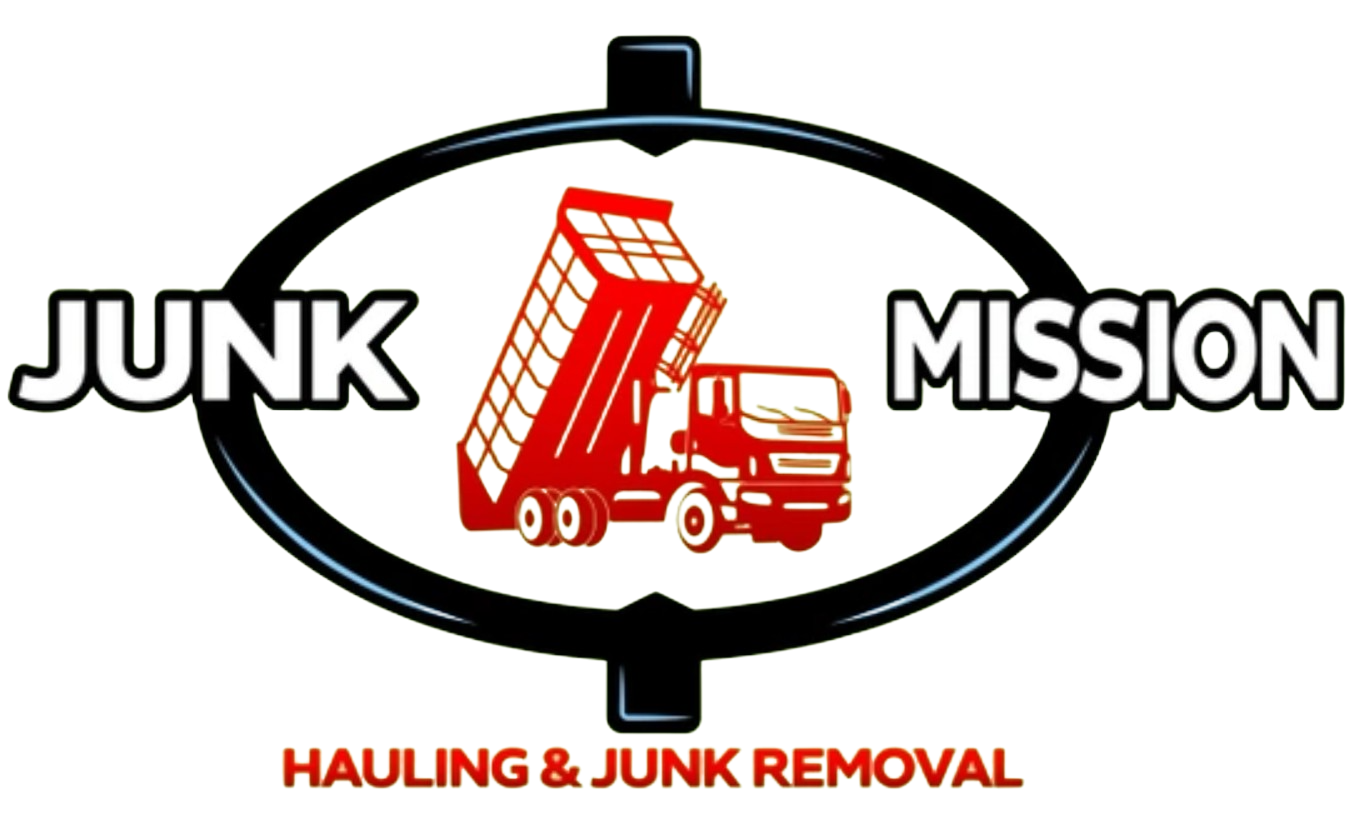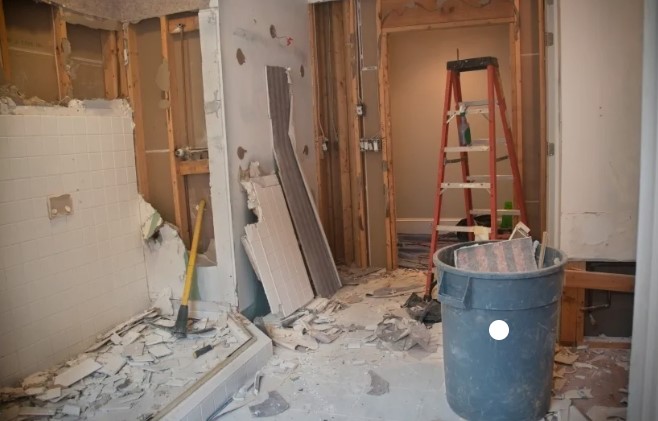The practice of pulling down or dismantling structures or buildings that are no longer required or deemed hazardous is known as light demolition. Instead of destroying a construction, light demolition in Cypress often entails the removal of non-load-bearing elements, including inner walls, ceilings, and floors. Light demolition gives way to a new construction project or home upgrades if you’re planning a renovation project. It is a practical and efficient technique to make changes to an existing structure of your property. This process ensures the least amount of disruption to the neighborhood. Let’s explore the preparation, benefits, and challenges of light demolition in Cypress.
How to Prepare for Light Demolition in Cypress
Light demolition is a complex process. Following the steps ensure and safely remove the property’s structure. Knowing what to prepare may also help for an easy demolition process. Here are some of the things you need to prepare before doing the demolition.
Gather Necessary Supplies
Before beginning the demolition process, acquiring all the required materials and equipment is essential. The task may be made safer, more productive, and quicker with the appropriate equipment and supplies.
Each demolition project requires both hand and power tools. They can assist you in tearing down buildings such as walls, floors, and others. Having a range of tools at your disposal is crucial to assist you in working on the project’s many components. Make sure to use quality and high-powered tools and equipment.
Before you begin demolition, you must also ensure you have all the required safety equipment. Depending on the demolition job, you might need to put on goggles, gloves, a hard hat, a dust mask, and safety boots.
Shut Off Utilities
You must turn off the gas supply to the building at the main shutoff valve, usually located near the gas meter. Turning off the main electrical panel or circuit breaker will shut off the power to the entire property. You may ask a licensed electrician to perform this task, as it requires expertise in handling electrical components.
It would help if you shut off the main water valve close to the water meter or where the water enters the building. Be careful to empty the water lines by opening the faucets to drain the pipes.
Hire a Professional
Professional demolition contractors have the knowledge and experience to identify potential hazards, such as asbestos, mold, or structural weaknesses, and take appropriate measures to address them. They also have the experience to determine which tools and equipment are best suited for the job.
Demolition work can be messy, and it’s essential to have a plan in place for cleaning up the debris afterward. Professional workers dispose of demolition debris in compliance with local regulations, which can help protect the environment.
Safety Requirements for Light Demolition
Like any construction activity, light demolition involves a certain level of risk. To ensure the safety of workers and anyone else in the area, you must follow safety requirements and regulations.
All workers involved in the demolition process must wear appropriate safety gear. Workers should also wear respiratory protection if hazardous materials, such as asbestos or lead, are present. If you are unsure which ones are hazardous, the demolition should be done by a licensed and trained professional to ensure that the materials are safely removed and disposed of.
Demolition work also includes tearing down structures and removing their components. The demolition process can be risky if there are still live gas, electric, or water connections. Turning off these utility wires is essential for safety and avoiding expensive damage.
Benefits of Light Demolition in Cypress
Many property owners look at light demolition as an unnecessary expense. They didn’t know that a light demolition offers many benefits, especially if they plan to reconstruct or remodel their property.
Allows for Reuse of Materials
Demolition operations can produce a large quantity of the garbage, which may be costly and time-consuming to dispose of.
In addition, reusing salvaged materials from a demolished structure can also result in significant cost savings. New materials can be expensive, and acquiring and transporting them can add up quickly. Salvaged materials, on the other hand, are often available at a lower cost, and their reuse can save money on construction costs.
Old materials may also add character and a unique aesthetic to new construction projects. Reusing materials such as bricks or wood from an older building can give a new structure a sense of history and character, which can be appealing to others.
Clean and Organized Workspace
The process is carefully planned and executed during light demolition to ensure safe and controlled work. It allows for a more organized workspace as there is less chance of debris and materials becoming scattered around the area.
The controlled demolition process also allows for the removal of materials in a more organized and efficient way. By removing debris and materials in an organized manner, there is more room to work and move around the workspace.
Additionally, a well-organized workspace allows easier access to tools and equipment, reducing the time needed to locate and retrieve the necessary tools for the job.
Minimizes Disruptions
During light demolition, the removers take measures to protect adjacent structures. It may include the installation of protective barriers or other measures to prevent debris or vibrations from causing damage to the surrounding structures.
Less disruptive equipment can result in minimal disturbance to the adjacent structures.
Proper Disposal of Debris and Hazardous Materials
Old properties may contain hazardous materials such as asbestos, lead-based paint, or mold. These should be carefully identified, removed, and disposed of properly. By minimizing the amount of waste sent to landfills, recycling materials, and disposing of hazardous materials properly, light demolition can help to reduce the impact on the environment.
Cypress requires residents and business owners to follow proper protocols and regulations for handling and disposing of debris. This process contributes to the protection of the environment and public health.
Challenges of Light Demolition
Though light demolition is less-destructive than removing an entire structure, this job still comes with unique challenges. It may come from city regulations, disposal locations, or the complexity of the demolition.
To overcome these challenges, you may work with professionals with the necessary knowledge and experience, like Junk Mission. You can ensure that your demolition job complies with local regulations.
Compliance With Local Regulations
One of the main challenges of compliance with local regulations is the need for awareness. It is common for property owners to need to be made aware of the specific regulations that apply to their projects. It can lead to non-compliance, fines, delays, and other penalties.
Regulations governing demolition projects can change over time. If you will do the job DIY, keeping up with these changes can take time and effort.
Searching for Landfills and Recycling Facilities
Landfills have restrictions regarding demolition debris. It is a strict regulation in Cypress that property owners should have sorted out demolition debris before bringing them to different facilities. Recyclables should only go to recycling facilities, while hazardous chemicals go to treatment facilities for disposal.
Sometimes, the nearest landfill or recycling facility may be far away, making it challenging and costly to dispose of the waste.
Potential for Structural Damage
Older buildings may have structural issues that are not immediately visible, such as weakened foundations or deteriorating structural elements. These issues can increase the risk of accidents during the demolition process. It is essential to thoroughly understand the structure to determine which parts will not cause damage.
However, many homeowners must understand their properties’ electrical or plumbing plans. Hitting hidden electrical wires and water pipes may cause additional repair expenses.
Cost Considerations for Light Demolition
Different factors define the costs of a light demolition job. If you need a light demolition for a larger area, the more time and labor it will require, driving up the cost. Similarly, projects that involve complex layouts, intricate finishes, or hazardous materials will require more specialized skills and equipment.
Distance
If your property is close to the demolition contractor’s base, transportation costs for equipment, labor, and materials will increase. Your contractor will base the charges for light demolition based on the current fuel prices.
Permit Requirement
Permits and inspections will sometimes be required before demolition can begin. The cost of permits and inspections will depend on the location and type of project. Light demolition in Cypress that will not alter the property’s structure may not apply to one. Demolition jobs in a driveway or patio may not require a demolition permit.
Landfill Charges
Disposal costs will depend on the type and weight of debris, as well as local regulations and fees. Landfills charge fees for demolition debris by weight. High amounts of debris can significantly increase the cost of the light demolition job.
In some cases, recycling or salvaging materials may be an option, which can help offset the disposal cost.
Conclusion
If you’re looking for a removal company to help you with an affordable light demolition in Cypress, Junk Mission can do the job seamlessly. The assessment and requirements of your demolition request will determine the scope of work for the job. Though it may seem an additional expense, look into its benefits and how it can quickly provide you with the blank space.

